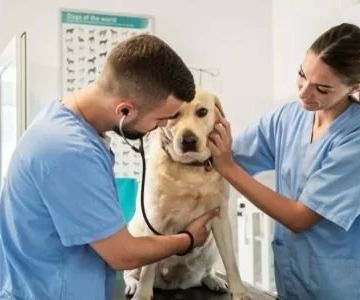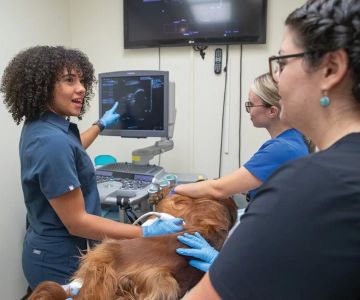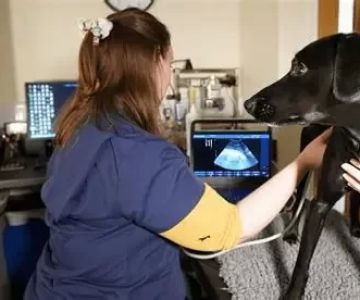- 1-Overview-of-Veterinarian-Education
- 2-Undergraduate-Requirements-for-Veterinary-School
- 3-Veterinary-School-Curriculum-and-Training
- 4-Licensing-and-Postgraduate-Opportunities
- 5-Personal-Stories-and-Insights-into-Veterinary-Education
- 6-Resources-to-Support-Veterinary-Students
1. Overview of Veterinarian Education
Understanding what is the education of a veterinarian is essential for anyone considering a career in veterinary medicine or simply curious about how these professionals are trained. Becoming a veterinarian involves a rigorous education path combining undergraduate studies, veterinary school, and licensing exams.
The journey is designed to prepare veterinarians to diagnose, treat, and care for a wide range of animal species, requiring comprehensive scientific knowledge and practical skills.
1.1 The Length and Intensity of Training
Typically, the educational process spans about eight years after high school—four years of undergraduate study followed by four years of veterinary school. This timeline ensures a thorough foundation in biological sciences and hands-on clinical experience.
2. Undergraduate Requirements for Veterinary School
Before entering veterinary school, aspiring vets must complete a bachelor’s degree, often focusing on majors like biology, animal science, or chemistry. Certain prerequisite courses such as anatomy, physiology, and organic chemistry are mandatory to meet veterinary school admissions standards.
2.1 Building a Strong Academic Profile
High academic performance and relevant extracurriculars—such as volunteering at animal shelters or working with veterinarians—enhance an applicant’s competitiveness. The goal is to demonstrate both scientific aptitude and a passion for animal care.
3. Veterinary School Curriculum and Training
Veterinary school itself is divided into two main phases: preclinical studies and clinical rotations. The initial years focus on theoretical knowledge—covering topics such as pathology, pharmacology, and microbiology. Following this, students engage in clinical training, working directly with animals under supervision.
3.1 Hands-On Experience is Key
Clinical rotations expose students to various specialties including surgery, internal medicine, and emergency care. This practical training is critical for developing the skills needed to handle real-world veterinary challenges confidently.
4. Licensing and Postgraduate Opportunities
Graduating from veterinary school is not the final step. Passing the licensing exam, such as the NAVLE in North America, is required to legally practice. Some veterinarians pursue residencies or internships for specialized fields, which add years but offer deeper expertise.
4.1 Continuous Learning and Certification
Veterinary medicine is constantly evolving, and continuing education is a professional responsibility. Specialized certifications can boost career opportunities and professional growth.
5. Personal Stories and Insights into Veterinary Education
Take the story of Emily, who credits her success to a strong support network during her intense vet school years. She balanced demanding coursework with practical volunteer work, which deepened her understanding and passion. Her experience highlights how dedication and real-world exposure make a difference.
Meanwhile, James found veterinary school challenging but rewarding, emphasizing that resilience and time management were crucial. These personal insights reflect the demanding yet fulfilling nature of veterinary education.
6. Resources to Support Veterinary Students
For those asking what is the education of a veterinarian and preparing for this path, numerous resources exist. Platforms offering study guides, exam prep tools, and mentorship can ease the journey. Trusted sites like Hidden Brook Veterinary also provide guidance on products and services tailored to veterinary professionals.
Investing in quality educational resources and support networks can help students not only graduate but thrive in their veterinary careers.











